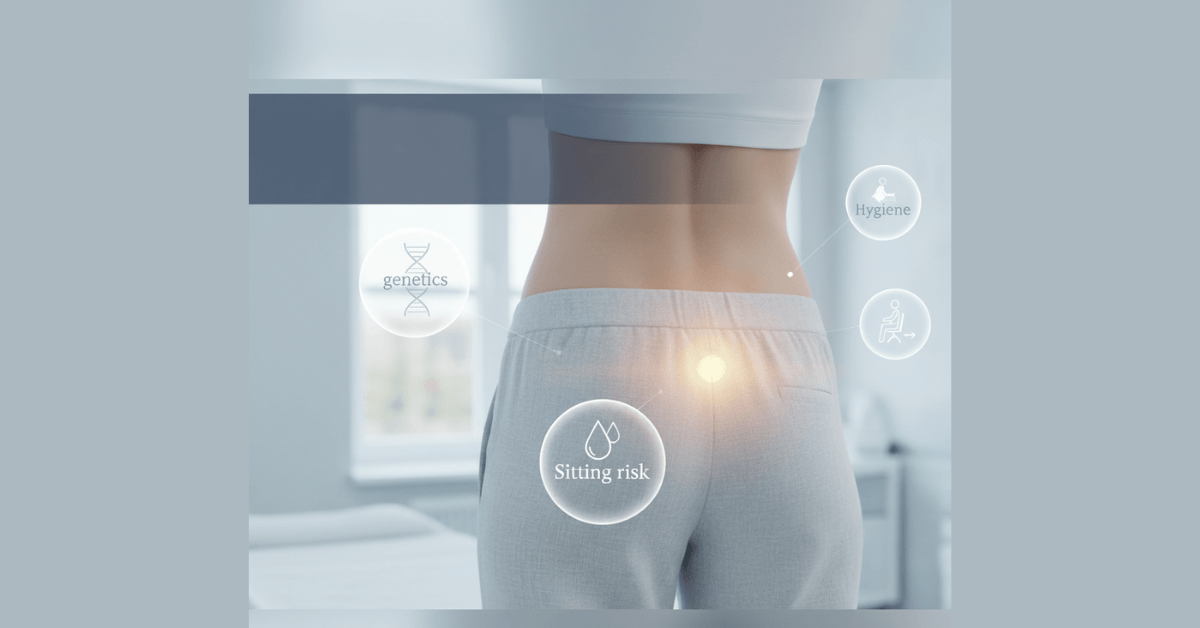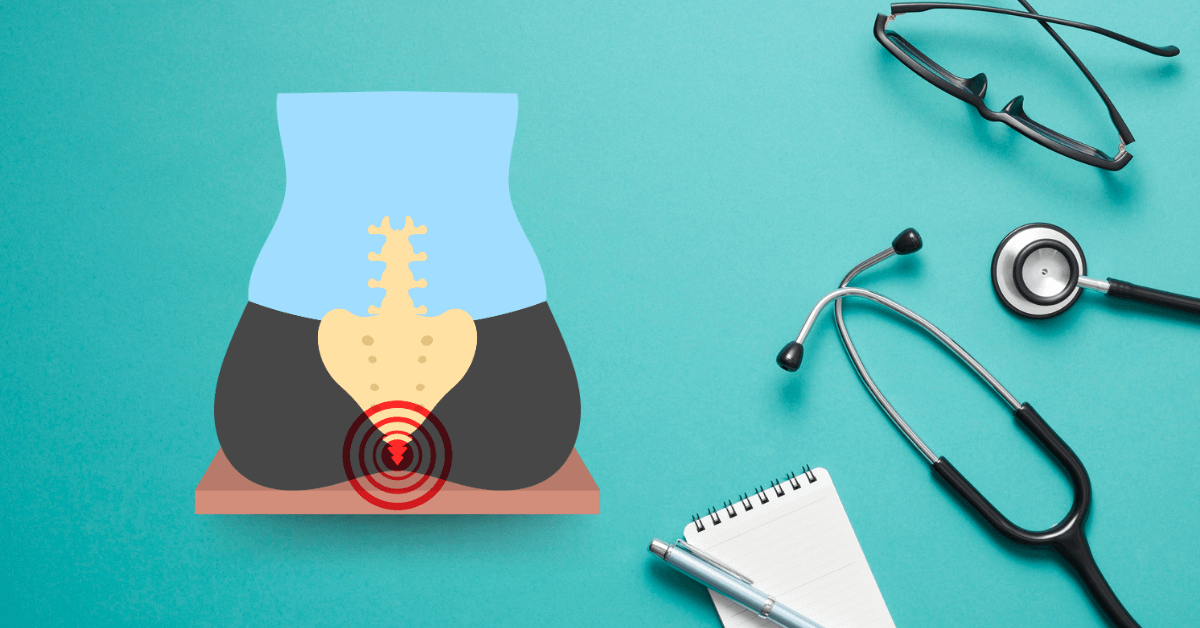Hemorrhoids, also known as piles, are swollen blood vessels in the rectal and anal areas. They can cause discomfort, itching, and bleeding. While medical treatments are available, many individuals seek home remedies to alleviate symptoms. This comprehensive guide explores evidence-based home treatments for hemorrhoids relief.
Understanding Hemorrhoids
Hemorrhoids can be classified into two types:
- Internal Hemorrhoids: Located inside the rectum, these are usually painless but can cause bleeding.
- External Hemorrhoids: Found under the skin around the anus, these can be painful and cause swelling.
Causes and Risk Factors for Hemorrhoids
Several factors can contribute to the development of hemorrhoids:
- Straining During Bowel Movements: Excessive pressure can cause blood vessels to swell.
- Chronic Constipation or Diarrhea: Frequent bowel movements can irritate the anal area.
- Pregnancy: Increased pressure on the pelvic veins can lead to hemorrhoids.
- Obesity: Excess weight can put pressure on the anal region.
- Sedentary Lifestyle: Prolonged sitting can increase pressure on the rectal veins.
Home Remedies for Hemorrhoids Relief
Warm Sitz Baths
To begin with, soaking the anal area in warm water can significantly reduce swelling and relieve pain. Moreover, this simple method promotes blood flow to the area, which encourages healing. In practice, you can fill a tub with a few inches of warm water and sit in it for about 15 minutes. For best results, repeat this process two to three times a day, especially after bowel movements. As a result, you may notice less discomfort and irritation within a few days.
Topical Treatments For Hemorrhoids
In addition to warm sitz baths, applying certain topical substances can further soothe the affected area. For example, witch hazel is well known for its anti-inflammatory properties, so it can reduce both itching and swelling. Similarly, aloe vera offers a cooling effect that helps alleviate pain and inflammation. Furthermore, over-the-counter hydrocortisone cream can be applied to reduce inflammation and discomfort. Consequently, combining these topical treatments with other remedies often provides greater relief.
Cold Compresses
On the other hand, using a cold compress is another effective way to control symptoms. In particular, applying a cold compress to the affected area can numb pain and quickly reduce swelling. To do this safely, wrap ice in a clean cloth and apply it to the area for only a few minutes at a time. In addition, repeating this several times a day can help maintain comfort. Ultimately, alternating between warm sitz baths and cold compresses can maximize symptom relief.
Dietary Adjustments
A high-fiber diet can prevent constipation and reduce strain during bowel movements:
- Fruits and Vegetables: Incorporate a variety of colorful fruits and vegetables into your meals.
- Whole Grains: Choose whole grains over refined grains.
- Legumes: Beans, lentils, and peas are excellent sources of fiber.
- Prune Juice: Known for its natural laxative effect, prune juice can help soften stools.
Adequate Hydration
Drinking plenty of water is essential to prevent constipation. Aim for at least eight glasses of water a day to keep stools soft and easy to pass.
Stool Softeners
If dietary changes are insufficient, over-the-counter stool softeners can help. These medications draw water into the stool, making it easier to pass. Always use them as directed and consult a healthcare provider if symptoms persist.
Proper Toilet Habits
Avoid straining during bowel movements, as this increases pressure on the rectal veins. Respond promptly to the urge to have a bowel movement and avoid prolonged sitting on the toilet.
Good Hygiene Practices
Gently clean the anal area with warm water after bowel movements. Avoid using harsh soaps or scented products, as they can irritate the skin. Pat the area dry with a soft towel instead of rubbing.
When to Seek Medical Attention For Hemorrhoids
While home remedies can be effective, certain situations require professional medical care:
- Persistent Bleeding: If bleeding continues despite treatment, consult a healthcare provider.
- Severe Pain: Intense pain may indicate a more serious condition.
- Prolapsed Hemorrhoids: If hemorrhoids protrude and cannot be pushed back in, seek medical attention.
- Signs of Infection: Fever, redness, or discharge may indicate an infection.
Modern Medical Treatments For Hemorrhoids
For cases where home remedies are insufficient, medical treatments are available:
- Laser Hemorrhoidoplasty (LHP®): A minimally invasive procedure that uses laser energy to shrink hemorrhoidal tissue. LHP® offers a gentle approach with minimal pain and a quick recovery time. It is particularly effective for grade II hemorrhoids.
- Rubber Band Ligation: A procedure where a small rubber band is placed around the base of a hemorrhoid, cutting off its blood supply and causing it to shrink.
- Sclerotherapy: A chemical solution is injected into the hemorrhoid, causing it to shrink.
- Hemorrhoidectomy: Surgical removal of hemorrhoids, typically reserved for severe cases.
Preventing Hemorrhoids
To reduce the risk of developing hemorrhoids:
- Maintain a High-Fiber Diet: Consume a variety of fiber-rich foods.
- Stay Hydrated: Drink plenty of water throughout the day.
- Exercise Regularly: Engage in physical activity to promote healthy bowel function.
- Avoid Prolonged Sitting: Take breaks to stand and move around if you have a sedentary job.
- Practice Proper Toilet Habits: Do not delay bowel movements and avoid straining.
Conclusion: Hemorrhoids Relief
Hemorrhoids can be uncomfortable, but many effective home remedies can provide relief. Incorporating dietary changes, proper hygiene, and lifestyle adjustments can alleviate symptoms. For persistent or severe cases, medical treatments like Laser Hemorrhoidoplasty (LHP®) offer a modern solution with minimal discomfort. Always consult a healthcare provider if symptoms persist or worsen.



